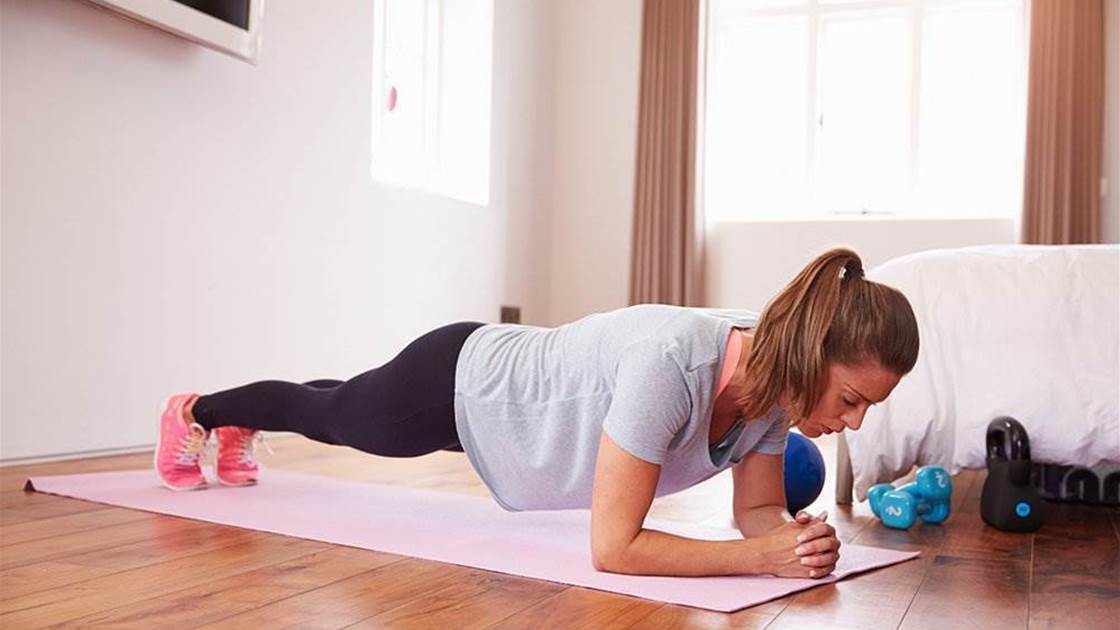Many think of exercise as the solution for all of their health woes — even those related to the aging process. Of course, no amount of physical activity can stop us from getting older, but there's plenty of evidence that proves that physical activity can increase life expectancy by limiting the development and progression of chronic diseases — something many folks start thinking about after they turn 40.
"There comes a point when we realise we're no longer invincible," says Holly Perkins, a personal trainer. "Believe it or not, the body starts to decline after about 30, and that decline gets more aggressive every year." The good news: Exercise not only helps you feel (and look!) better, it can also slow that decline, helping you stave off some common health conditions.
Here, five exercises you should start doing every week once you're in your 40s to stay healthy, happy, and looking as great as you feel.
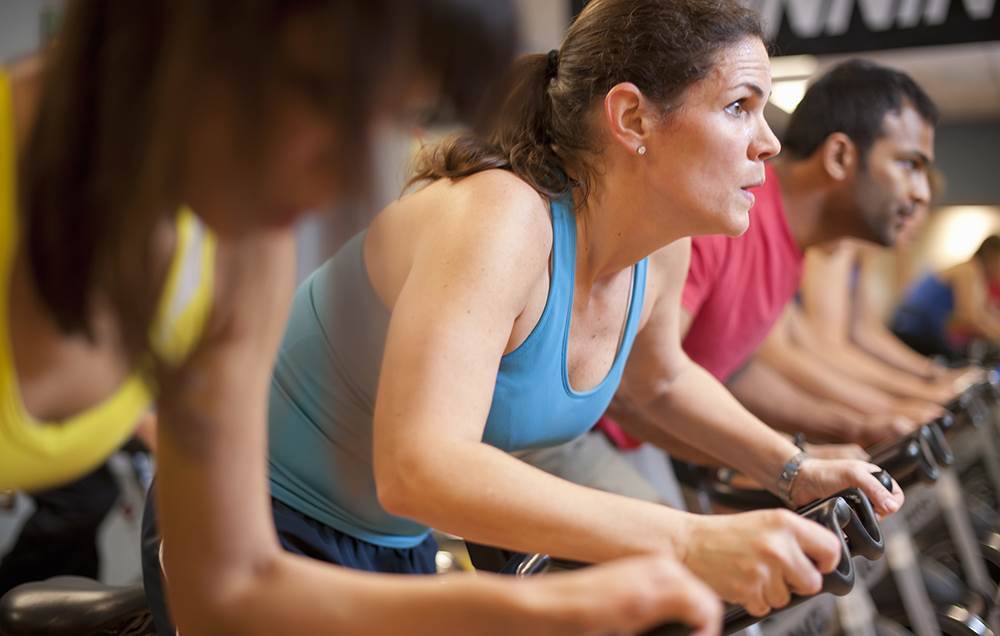

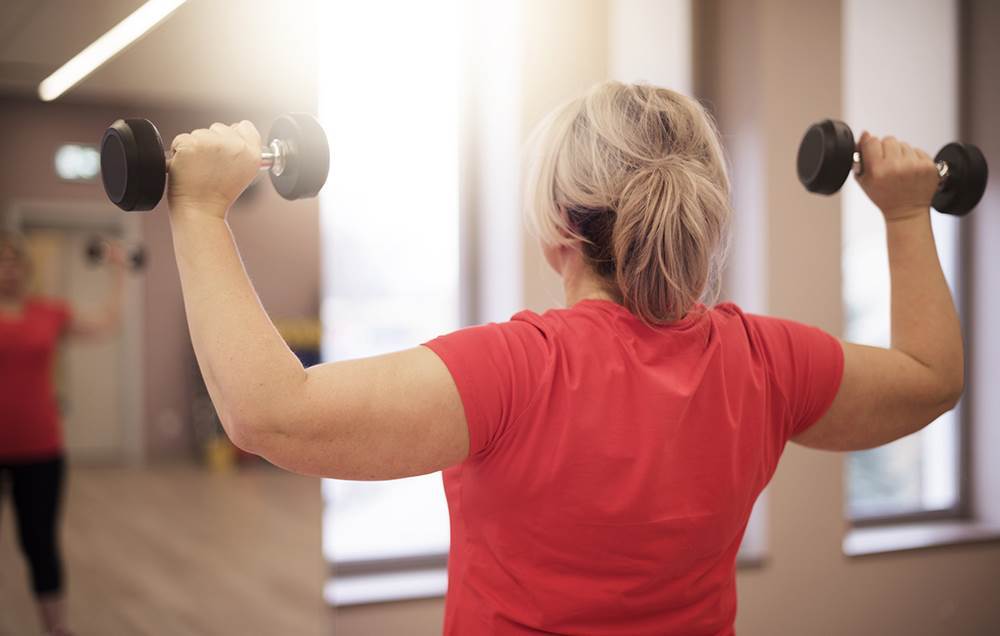
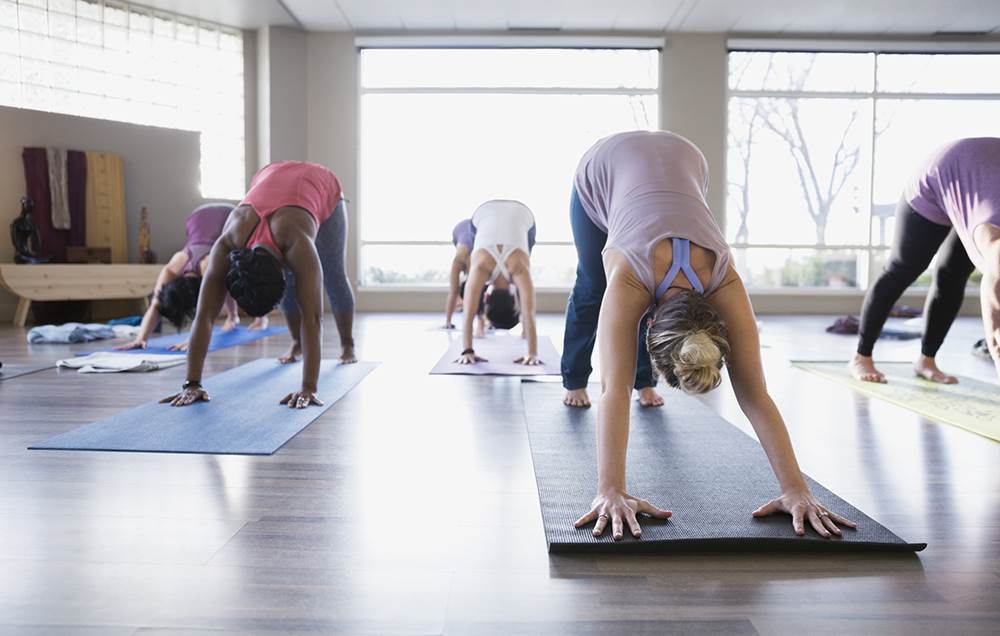
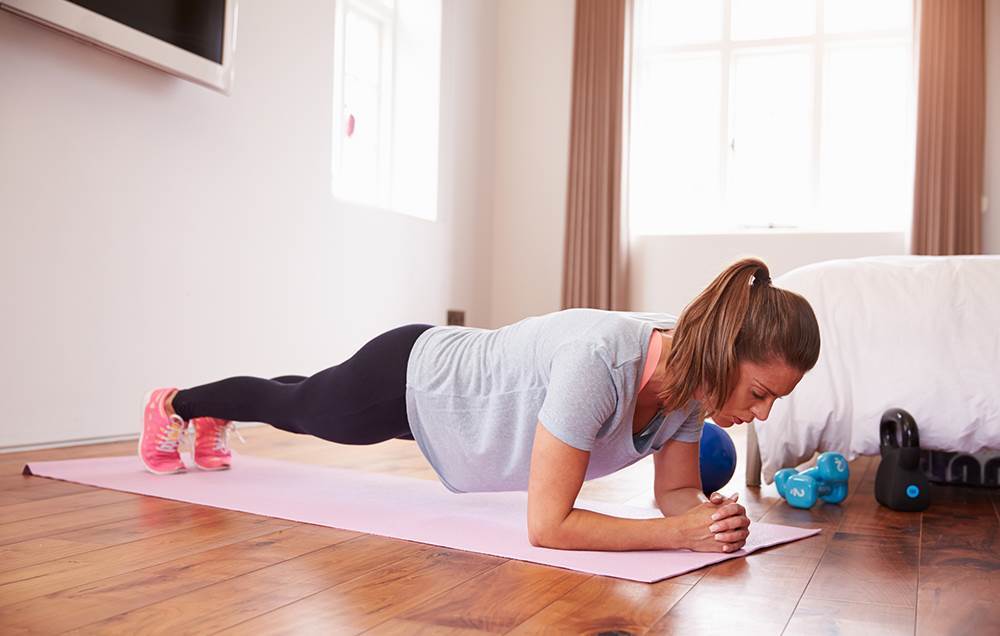
Photograph by yellowdog/Getty Images
To prevent heart disease…
Try: Cardiovascular workouts, 3 to 4 times a week
Heart disease is a surprising killer - higher than cancer among Australia women. So how can you stay healthy?
The word "cardio" is short for "cardiovascular," so many people know that this kind of heart-pumping exercise will keep the heart muscle strong, Perkins says. (Running, spinning, dancing, rowing, and swimming all count!) However, if you really want your heart health to benefit from your cardio workouts, you need to exercise at 80% of your maximum heart rate for at least 30 minutes, 3 to 4 times a week. (On a scale of one to 10, with 10 being as hard as you can push yourself, you should be around an 8.)
So, if you're barely breaking a sweat while walking or taking it easy during your favourite Zumba class, it's time to pick up your pace and increase your effort, Perkins says. "Cardio workouts should feel effortful — like you could do it forever but wouldn't want to."
Photograph by nycshooter/Getty Images
To ward off osteoporosis…
Try: High-impact activities, 1 to 2 times a week
According to the National Osteoporosis Foundation, approximately 1 in 2 women over age 50 will break a bone because of osteoporosis, a condition in which the bones become brittle, increasing the risk of fractures.
While you may already know that calcium can keep your skeletal system strong, recent research reveals that high-impact, weight-bearing exercise can help build bone strength, too, Perkins notes. "There's still widespread misperception that high-impact activities do more harm than good, but that's simply not the case — particularly when it comes to bone health," she says.
"Dancing, jumping jacks, racquet sports, and even adding a light jog into your go-to walking workout are all great examples of exercise that can keep your bones strong." (Not sure how to start jogging? Turn your walk into a run with these easy tips.)
Photograph by gpointstudio/Getty Images
To fight arthritis…
Try: Strength training, 2 to 3 times a week
The risk of developing arthritis increases with age. However, chronic joint pain and stiffness can plague adults of all ages — especially those who are overweight and those who have suffered a previous joint injury, according to the Arthritis Foundation. That said, it's never too soon to start protecting your body.
Strength training is one of the best ways to prevent the aches and pains. "Strength training has been proven to decrease pain associated with arthritis — and prevent its onset in the first place," Perkins explains. And you don't have to spend hours in the weight room to reap the benefits. "All you really need to do is some form of a squat, deadlift, and overhead press to strengthen multiple joints and muscles."
Photograph by Hero Images/Getty Images
To fight depression…
Try: Yoga, once a week
Women between ages 45 and 64 have an increased risk of depression, according to John Hopkins Medicine.
Though any form of exercise can help stave off anxiety and depression, a growing body of research shows yoga may be particularly beneficial for reducing stress and regulating mood. One study found that yoga increases levels of GABA, a mood-regulating neurotransmitter that's typically deficient in those with depression and anxiety. Another study found that women suffering from mental distress were less stressed after participating in a three-month yoga class.
"We know that yoga is so good for stress reduction, and we know there's a correlation between stress and mood disorders," Perkins says. "Even better, certain styles of yoga are also a great weight-bearing strength workout and even offer some cardiovascular conditioning, making it a win all around."
Photograph by monkeybusinessimages/Getty Images
To fight back pain...
Try: Holding a plank for 90 seconds, 3 times a week
Most people experience back pain for the first time between the ages of 30 to 40, and back pain becomes more common as we get older, according to the National Institute of Arthritis and Musculoskeletal and Skin Diseases, a division of the National Institutes of Health.
Strengthening your core can help ward off the pain. The plank is a great move to try because it tones all of the core muscles of the body. Not only does it work the abs, it also challenges the muscles in the chest and those surrounding the spine, Perkins explains. "As these muscles become stronger, your entire midsection tightens, which ultimately supports your lower back, keeping it pain-free."
To ensure you're holding the plank position correctly, stack your wrists under your elbows, position your elbows under your shoulders, and push the floor away from you with your feet. Your legs should be outstretched behind you, and your feet should be shoulder-distance apart. Also, be sure to pull your bellybutton in towards your spine to turn "on" your abs. Stay here for 30 seconds, come down to your knees to take a short break, and then repeat the exercise two more times. As you get stronger, try holding the position for 90 seconds without a break. (Want to add even more protective exercises to your routine? Try these 5 best moves to prevent and ease back pain.)
